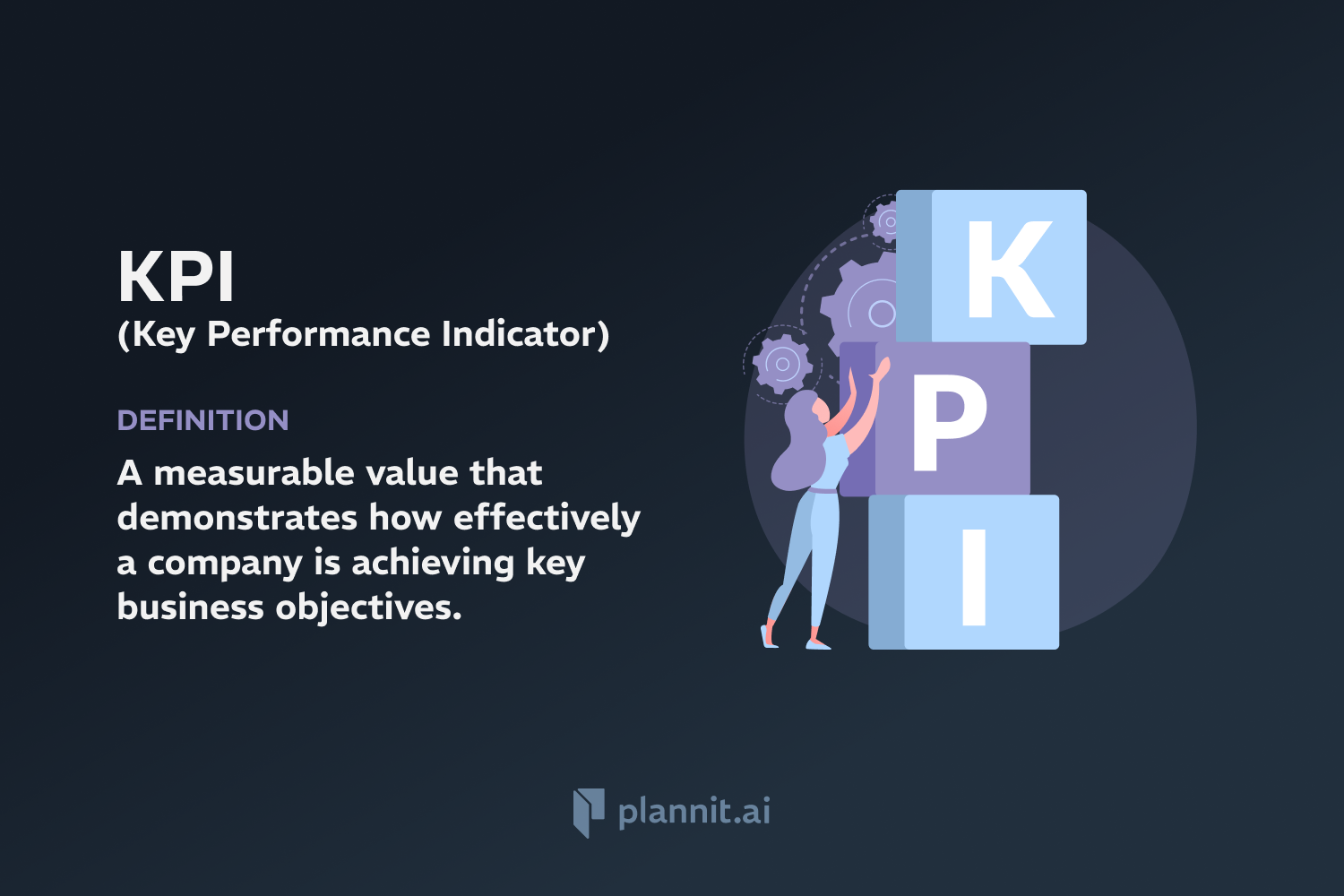Need Help With Your Business Plan?
Answer tailored questions and get a detailed business plan in minutes.
Consumer Surplus: Definition & In-Depth Explanation

Consumer surplus is an economic concept that represents the difference between the amount consumers are willing to pay for a good or service and the actual amount they pay. This metric is used to measure the benefit or utility consumers receive when they purchase a product at a market price that is less than the highest price they would be willing to pay.
Purpose:
The purpose of consumer surplus is to assess the economic welfare and efficiency of a market from the consumer's perspective. It helps economists and policymakers understand how changes in the market, such as price adjustments, taxation, and government regulation, impact consumer satisfaction and economic welfare.
Example:
If a customer is willing to pay up to $200 for a concert ticket, but they are able to buy it for $150, their consumer surplus is $50. This surplus represents the extra satisfaction or utility gained from purchasing the ticket at a lower price than the maximum they were prepared to pay.
Related Terms:
Producer Surplus: The difference between what producers are willing to sell a good for and the actual price they receive.
Economic Welfare: The overall health of an economy, as measured by indicators of economic efficiency and equity, which includes both consumer and producer surplus.
Price Elasticity: A measure of the responsiveness of the quantity demanded of a good or service to a change in its price.
Demand Curve: A graph showing the relationship between the price of a good and the quantity demanded, typically downward sloping from left to right.
FAQs:
How is consumer surplus calculated?
Consumer surplus is calculated as the area between the demand curve and the price level for any given quantity of goods purchased. It is visually represented as the area above the market price and below the demand curve up to the quantity purchased.
What factors affect consumer surplus?
Factors affecting consumer surplus include changes in income, consumer preferences, prices of related goods (substitutes and complements), and technological advancements that may reduce production costs and thus market prices.
Can consumer surplus be negative?
Consumer surplus is generally not negative because it represents an excess in utility; if the purchase price exceeds the price a consumer is willing to pay, typically, the transaction doesn't occur. However, in cases involving essential goods, where purchase is a necessity, the concept may require nuanced interpretation.
What does a decrease in consumer surplus indicate?
A decrease in consumer surplus indicates that consumers are getting less additional satisfaction from their purchases than before. This could be due to increased prices, decreased income, or reduced value or utility of the products.
Why is consumer surplus important for economic policy?
Understanding consumer surplus helps policymakers make decisions that can enhance economic welfare. For instance, policies aimed at reducing prices without harming production can increase consumer surplus, thereby improving the overall economic well-being of society.
Get funding with a business plan that will impress investors.
Starting a New Business?



